In Collaboration with David Mans
Advisor: Michael Silver

Final model, aperture detail. Made from wound s-glass fibers.
Fiber house is a project that questions on a fundamental level how we construct architecture and our built environment. Fabrication and manufacturing practices are evolving as contemporary material sciences completely redefine building construction limitations in respect to weight, cost, and performance. Looking to military activity and practices as clues to the potential opportunities open to architects and designer for the near future, filament winding is explored as an alternative method of construction. As a process it is a complete departure from the assembly systems currently in use in construction today. The project and field of research posits that conditions of structure, materiality, and spatial formation can be addressed simultaneously within a single workspace.
To explore these interests we set out to design a dwelling in which the aforementioned considerations were addressed within the workspace of computer programming. Using the open source programming environment Processing(Java) we set out to design space, structure, and a construction processes in the same language used in its’ final construction. Computer Numerical Control (CNC) processes were at the core of the design process. Dealing with a filament/fiber based construction process we began to develop the dwelling by designing the taping pattern of the fibers.
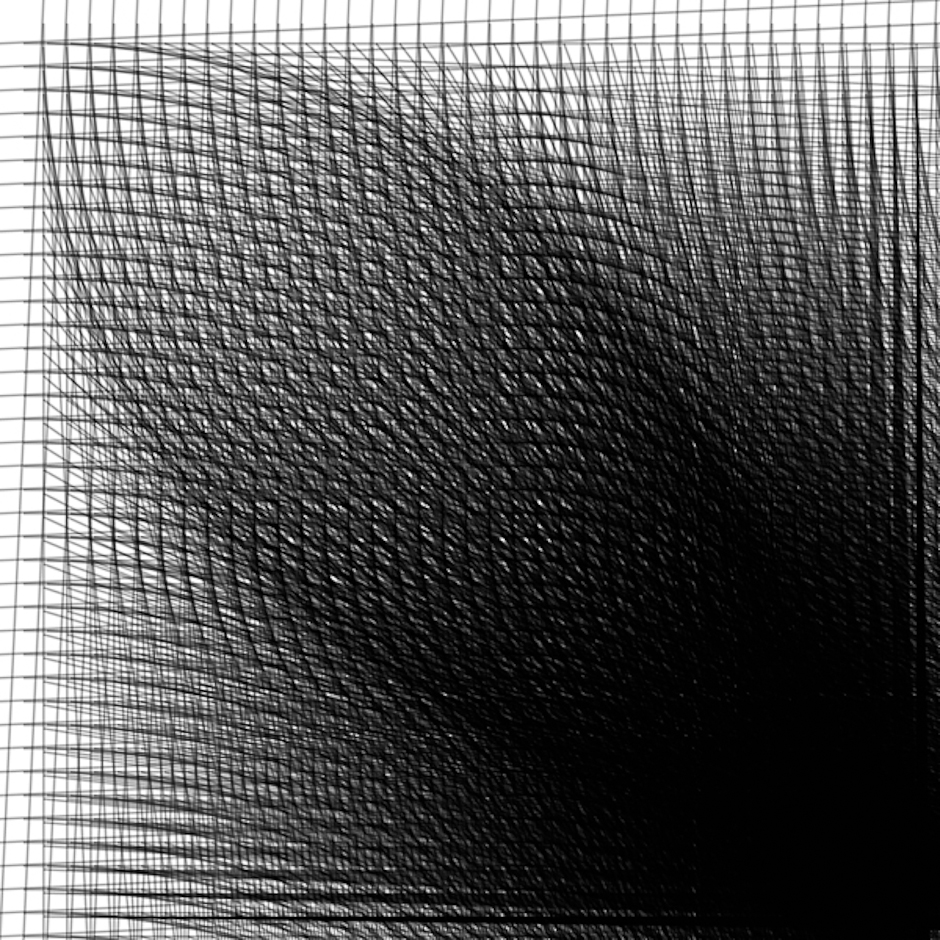
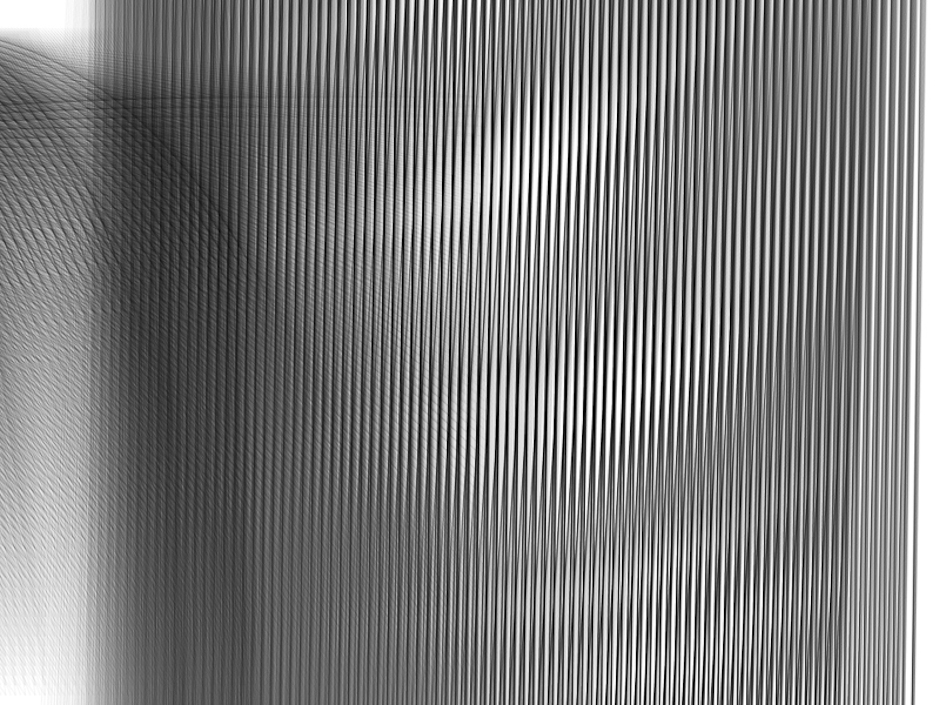
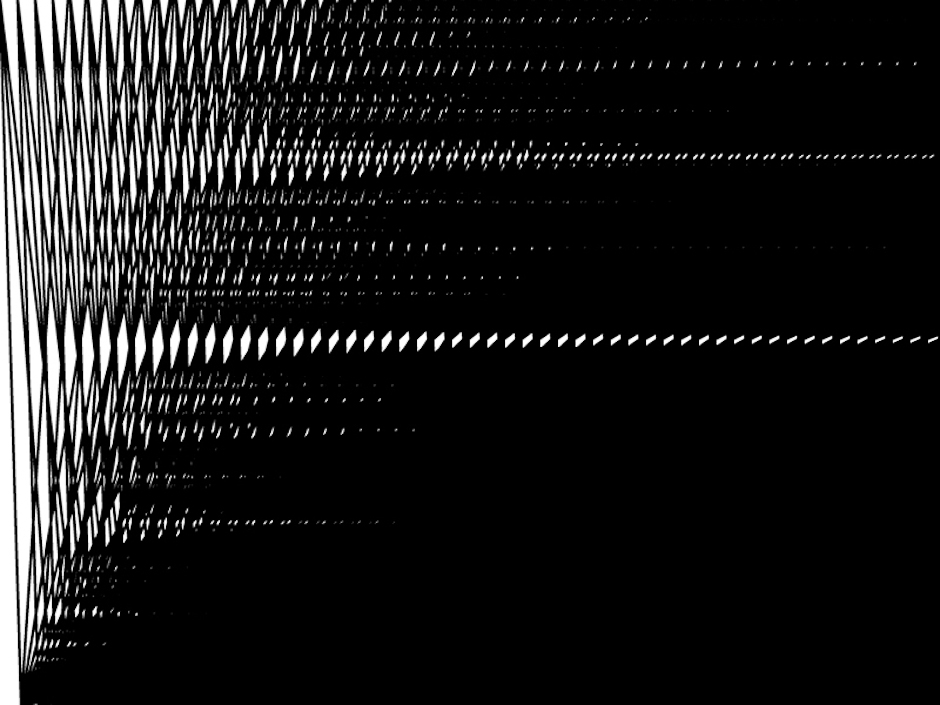

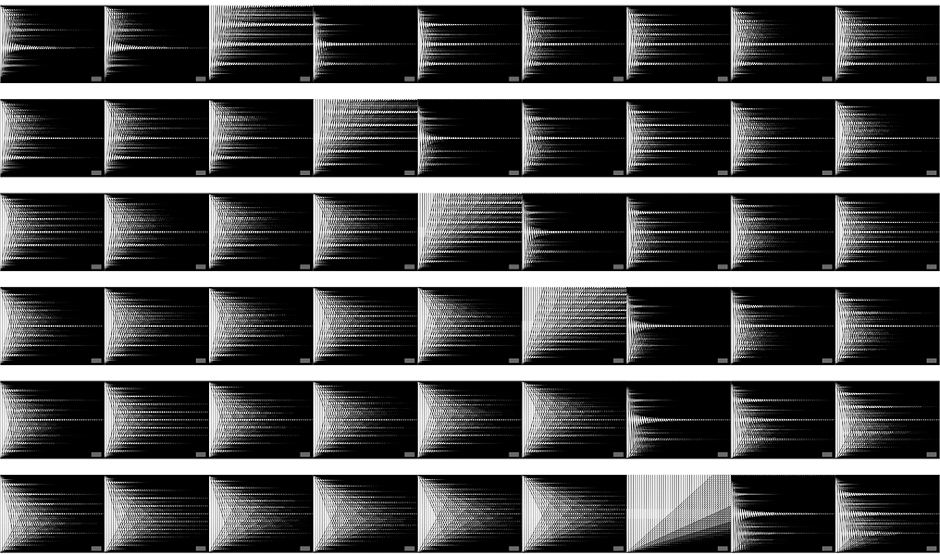
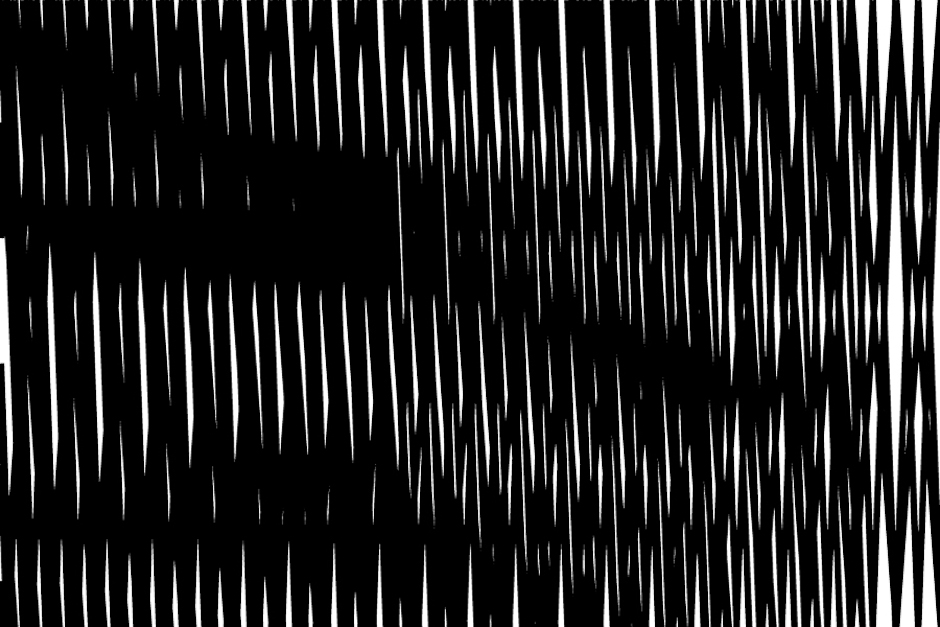

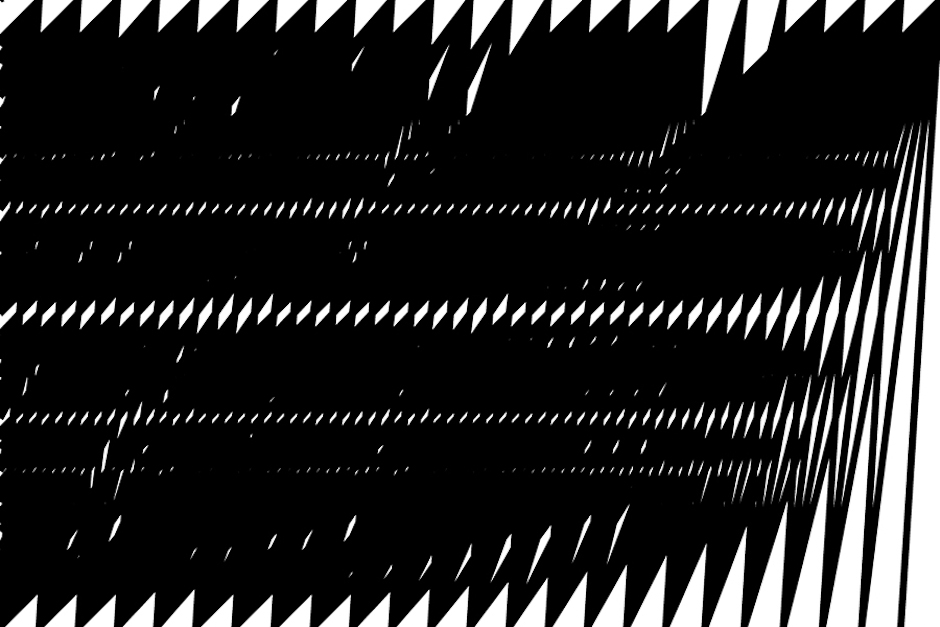
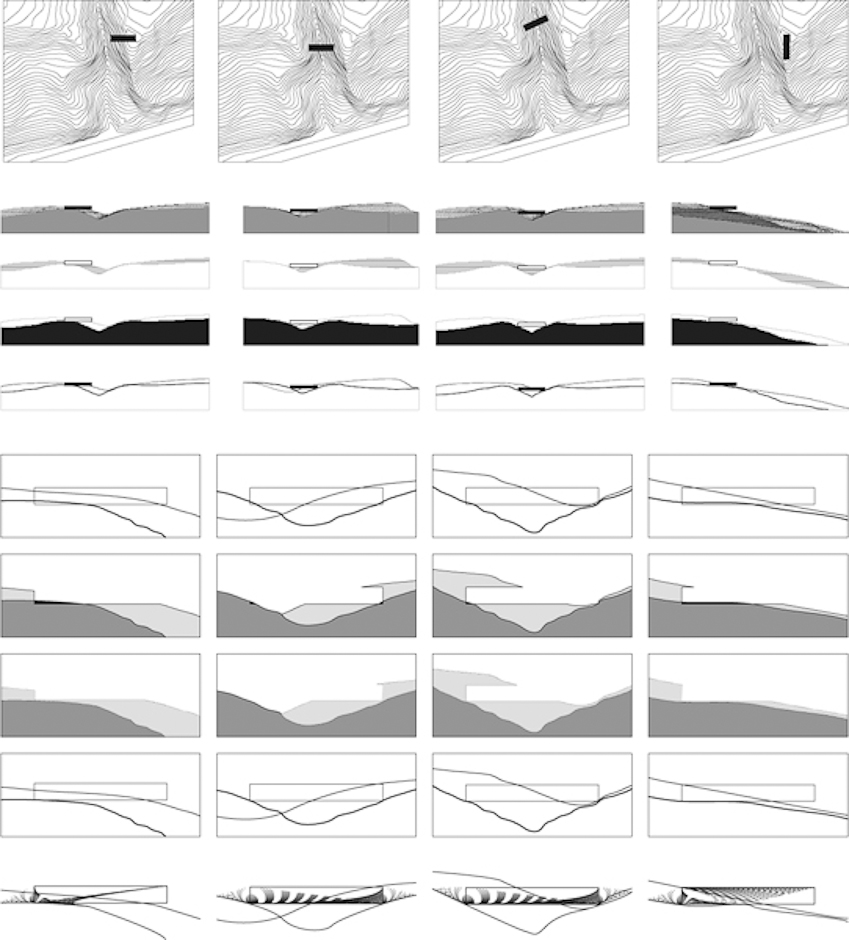
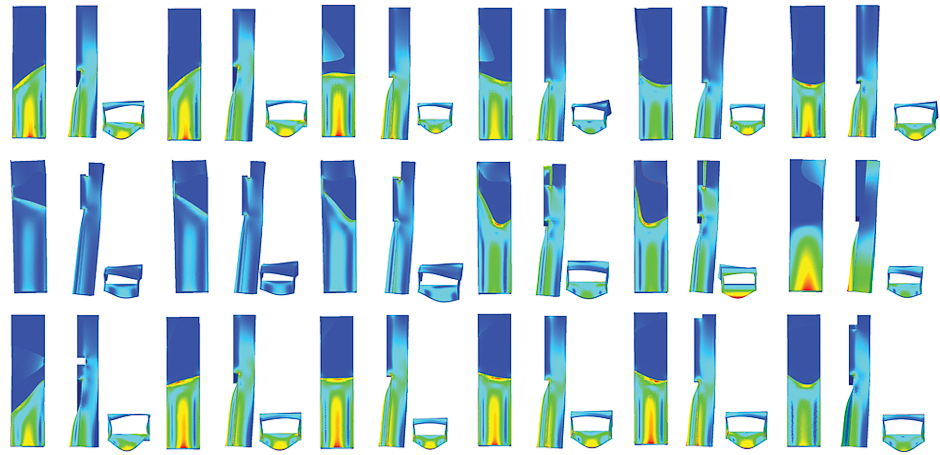
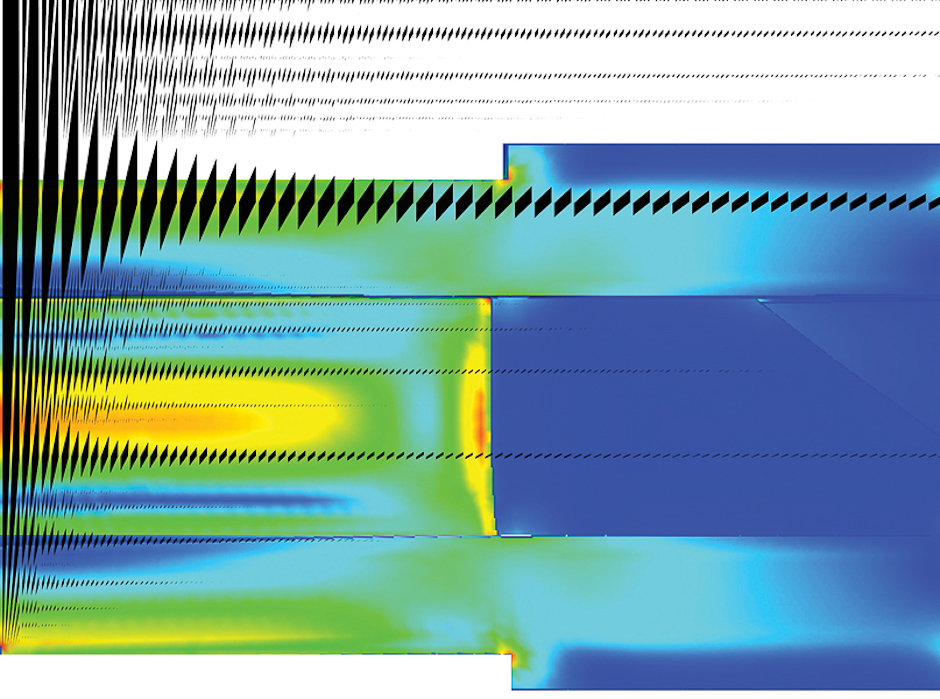


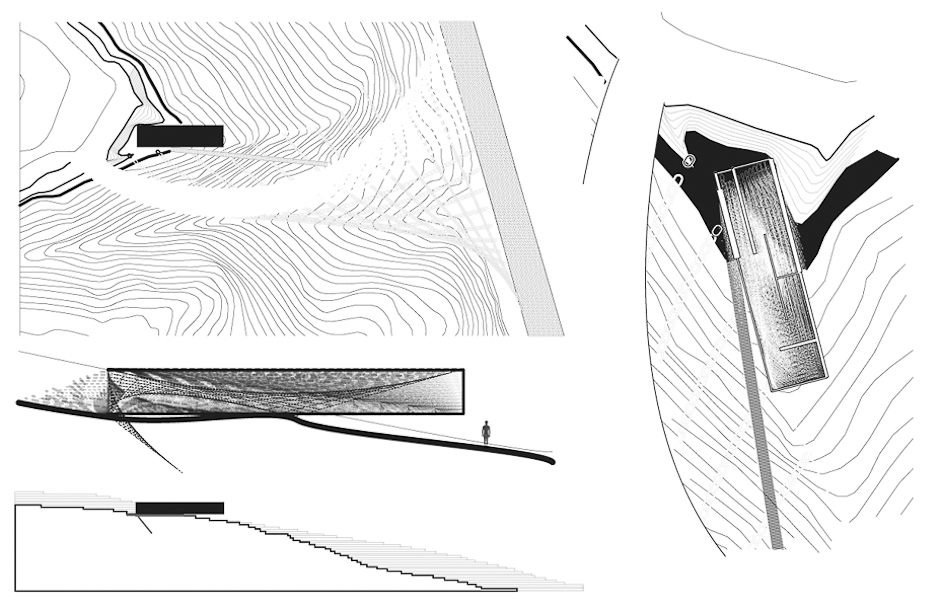


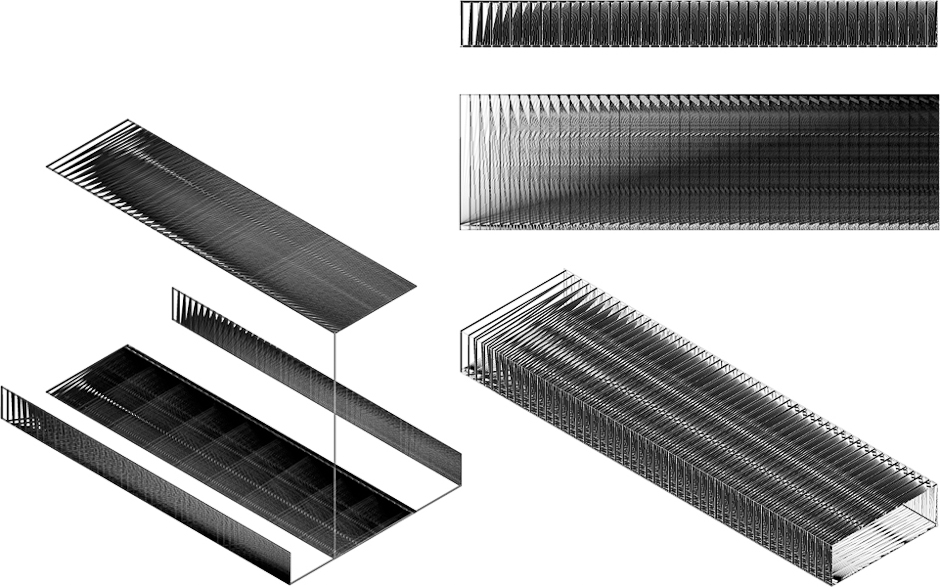


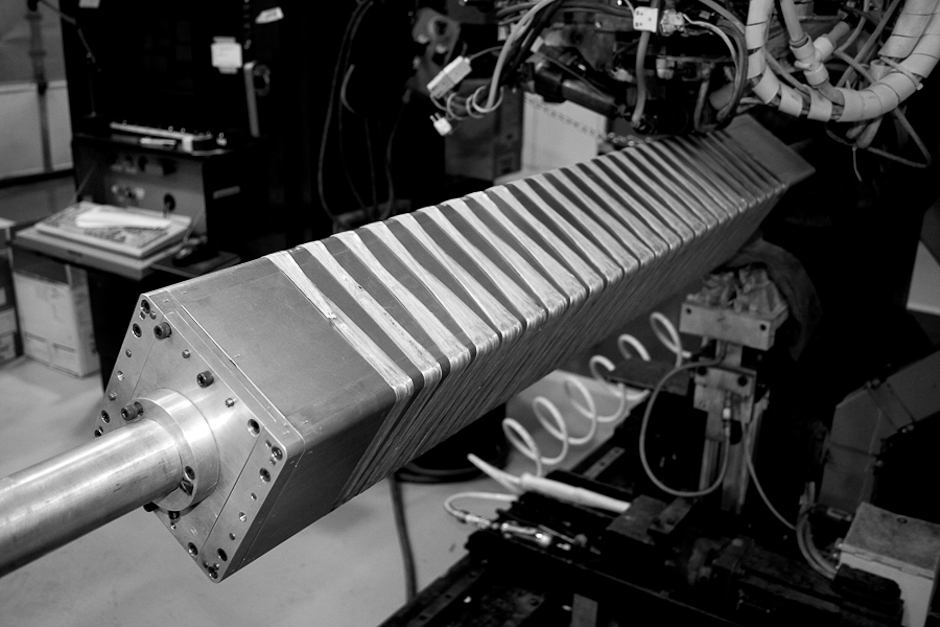






Early in the conceptual development phase of the project several studies were created to examine the range of effects and possibilities with this type of process. Through these exercises we discovered methods of significantly controlling morée patterns computationally. It was as this stage that we introduced feedback into the system, incorporating stress analysis tests done using the software Solidworks. Based on the orientation chosen for the siting of the project varying stress patterns were produced guiding the densification of the tapping pattern. Various internal configurations were subsequently tested which again provided feedback to the system for the control of aperture within the envelope. From inception to fabrication the project was produced completely using the Processing programming environment and was fabricated in collaboration with Automated Dynamics Manufacturing, NY. The complete fabrication timeframe was between 7-10hrs.